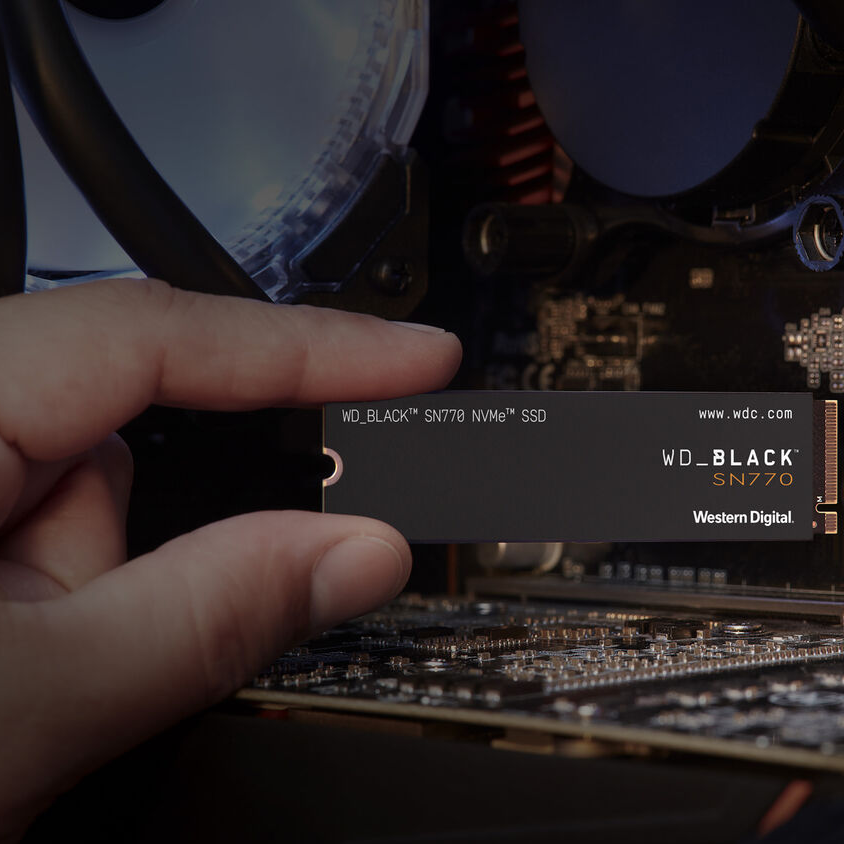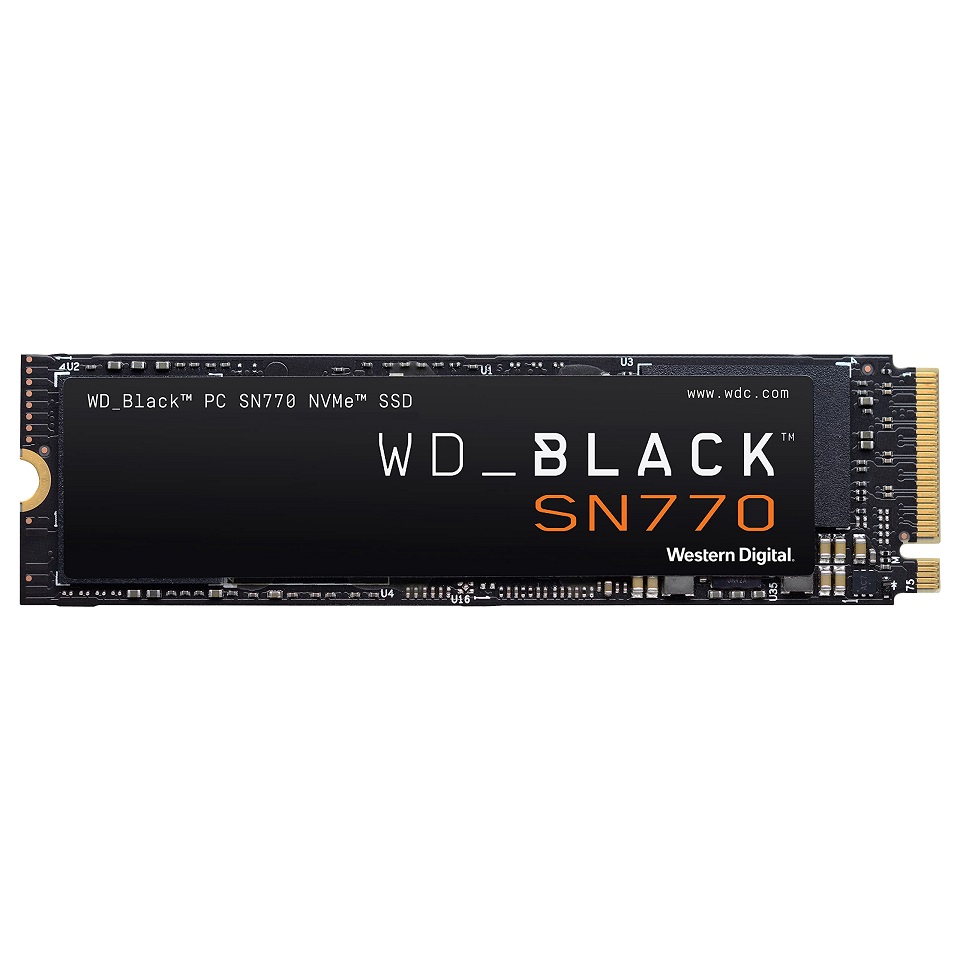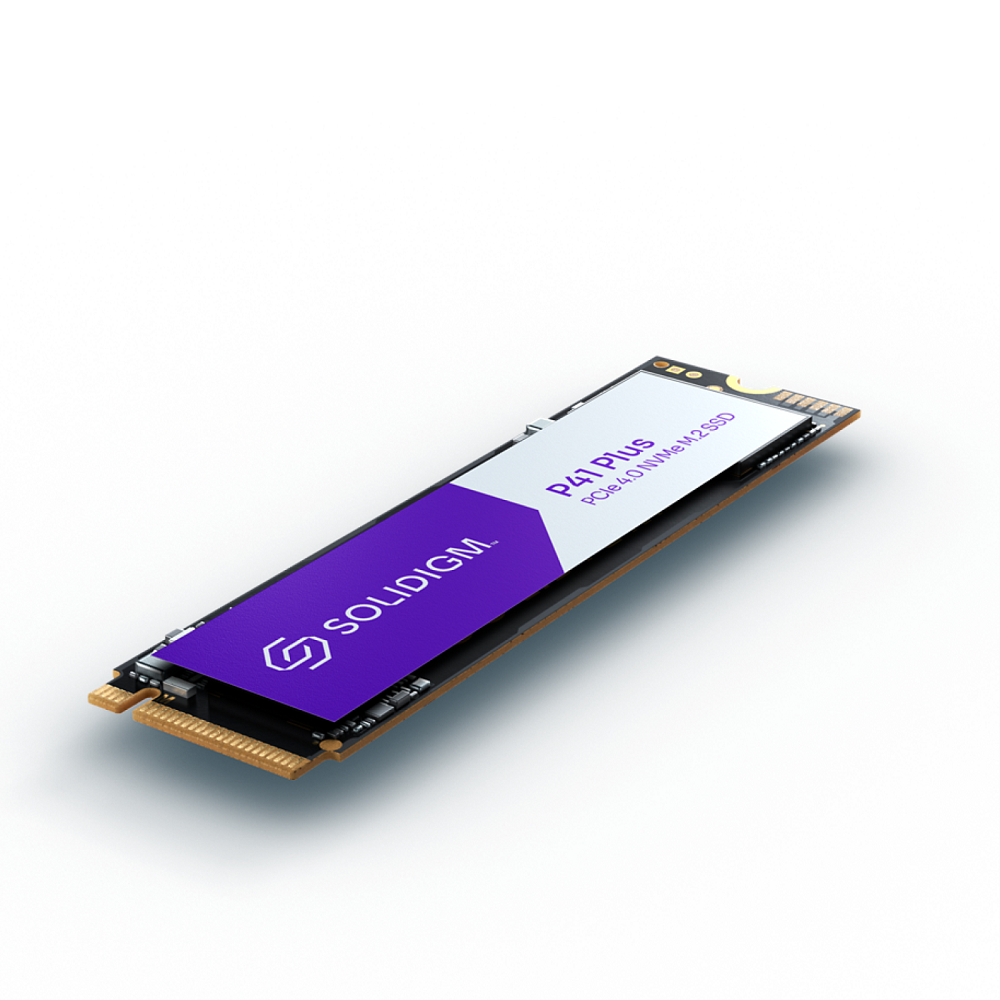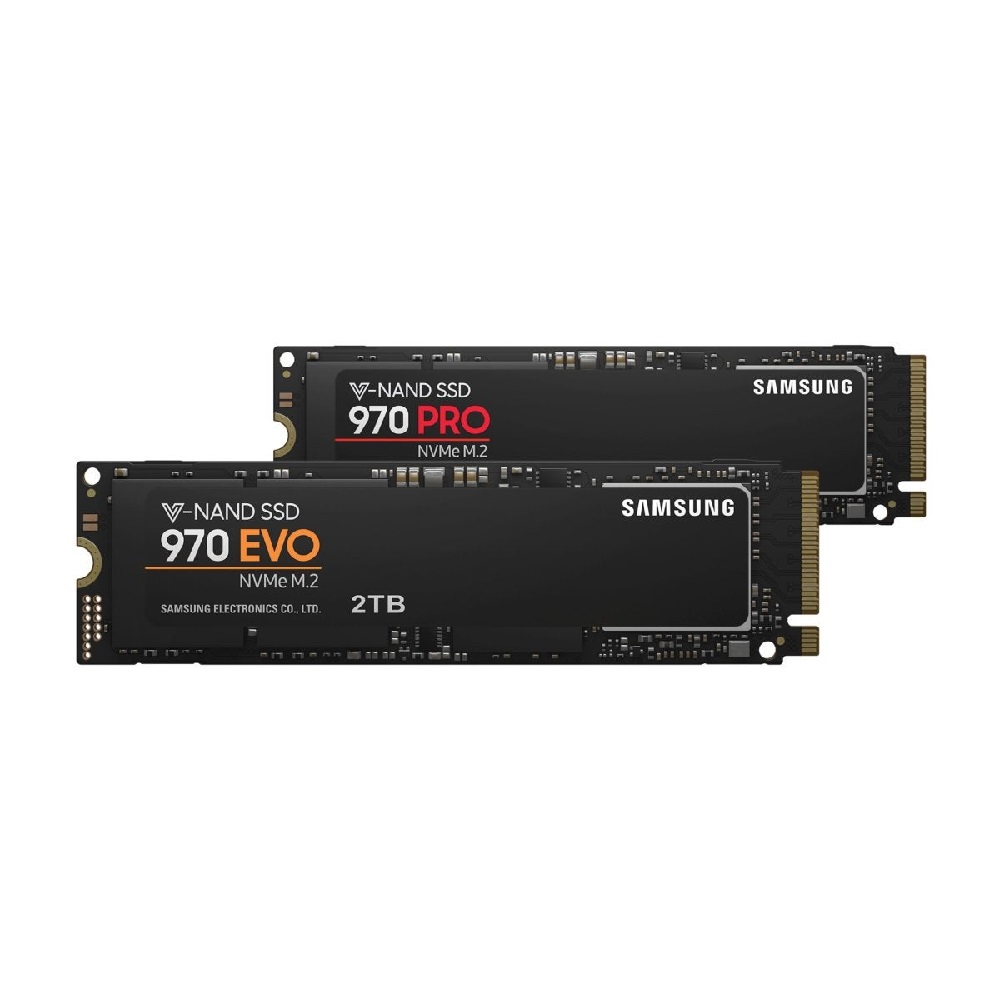Introduction
In the realm of computer hardware, few terms have gained as much prominence in recent years as NVMe, which stands for Non-Volatile Memory Express. This cutting-edge technology significantly enhances the performance of data storage devices. It exploits the speed of flash memory and SSDs (solid-state drives) to deliver faster data retrieval and storage capabilities. Understanding NVMe’s purpose, design, and advantages will provide critical insights as we advance further into an era where data plays an even bigger role in our lives.
What is NVMe?
The Basics of Storage Technologies
Storage technology has evolved significantly over the years. In the early days of computing, hard disk drives (HDDs) were the norm. HDDs use magnetic platters to store data, which can create a bottleneck due to the moving parts involved in reading and writing information. As technology progressed, SSDs emerged, utilizing flash memory chips instead of mechanical parts. SSDs provide faster access speeds, lower latency, and better reliability compared to traditional HDDs.
However, while SSDs significantly improved performance over HDDs, they still had limitations. They relied primarily on the SATA (Serial ATA) interface, which constrained speed. SATA was designed back when HDDs were the primary storage medium, and thus did not fully leverage the potential of SSDs. This is where NVMe comes into play.
The Introduction of NVMe
NVMe is a protocol specifically designed to exploit the capabilities of high-speed PCIe (Peripheral Component Interconnect Express) connections. Unlike SATA, PCIe supports multiple lanes for data transfer, which allows for significantly improved bandwidth. NVMe takes advantage of this multi-lane data transfer, resulting in blazing fast speed and improved performance for tasks such as booting up systems, loading applications, and transferring files.
In essence, NVMe offers a more efficient, high-speed communication channel between the storage device and the CPU. As a result, users experience improvements in data throughput and reduced latency, enhancing overall system performance. This makes NVMe an attractive solution for both consumers and enterprises looking to maximize their computing capabilities.
Technical Aspects of NVMe
How NVMe Works
NVMe works as a communication protocol that allows the CPU to talk to the storage devices directly. It is designed to capitalize on the capabilities of solid-state storage technology. This protocol is optimized for NAND flash memory and provides a streamlined pathway for data to flow. With up to 64,000 queues and up to 64,000 commands per queue, NVMe can handle many operations simultaneously, resulting in a substantial increase in efficiency.
The architecture of NVMe is simple yet powerful. It abstracts the complexity of storage management, offering an easier programming interface for developers. This leads to better software and application performance as developers can write applications that utilize the full potential of high-speed storage without needing to navigate the complexities of traditional storage protocols.
NVMe and PCIe: A Perfect Match
The marriage of NVMe and PCIe technology is critical to understanding NVMe’s potential. PCIe is a high-speed interface protocol that connects various hardware components. It supports multiple lanes, allowing for simultaneous data transfer. This means that a single NVMe drive can significantly outperform multiple SATA drives used in a traditional RAID setup.
In practical terms, a user can experience download times reduced to a fraction of a second instead of minutes when transferring large data files. For gamers, this translates to quicker load times between levels, while professionals in graphics-intensive fields, such as video editing or 3D rendering, benefit from rapid access to large files.
The evolution of NVMe also includes various versions that enhance its capabilities. For instance, new iterations of PCIe have introduced faster data transfer speeds, which translates to improved performance in NVMe drives. As technology continues to advance, we can expect even more from NVMe in terms of speed, efficiency, and dependability.
Advantages of NVMe Technology
Unmatched Speed and Performance
One of the most significant advantages of NVMe is its remarkable speed. Unlike traditional storage solutions, which can experience delays due to mechanical parts, NVMe operates via electronic circuits, leading to almost instantaneous data access. Users report boot times that can drop to seconds, and applications launch almost instantaneously.
This rapid performance improves productivity in various fields. Data centers, for instance, utilize NVMe to accelerate workloads, enhance cloud computing capabilities, and manage massive databases. Engineers and scientists can analyze data quickly, allowing for faster decision-making processes. The effectiveness of NVMe in high-performance computing applications cannot be overstated.
Energy Efficiency
While speed is essential, NVMe also excels in energy efficiency. Traditional HDDs consume more power than SSDs, especially during read and write operations. In contrast, NVMe drives, being solid-state, utilize less power while delivering higher performance. This reduced power consumption leads to cooler operation, contributing to the longevity of both the storage device and the surrounding components.
For organizations concerned about sustainability and energy costs, NVMe technology presents a compelling advantage. Data centers can reduce their energy consumption considerably while maintaining high-performance levels. This efficiency does not just have economic benefits; it also aligns with environmental goals, making NVMe a future-friendly choice in storage solutions.
NVMe in Consumer Electronics
Gaming and Personal Use
Consumers have been quick to adopt NVMe technology, especially in gaming and personal computing. Gamers seek the best experience possible, and NVMe drives deliver exactly that. With faster load times and smoother operations, a gaming setup equipped with NVMe can drastically improve user experience. Players can spend less time waiting for games to load and more time enjoying the action.
Personal computers and laptops also benefit from NVMe technology. More manufacturers are incorporating NVMe drives into their products, enhancing performance for everyday tasks. Simple activities such as web browsing, file management, and multitasking can become noticeably smoother and faster with NVMe.
The Push for Adoption
The rapid evolution of NVMe technology has prompted many companies to invest in this storage solution. As prices for NVMe drives decrease and effectiveness increases, many are making the switch from traditional SATA SSDs. This trend is particularly evident in the market for high-end consumer electronics, where performance is a top selling point.
There is also an ongoing effort within the tech community to educate users about the benefits of NVMe. Reviews and benchmarks frequently showcase the advantages of NVMe in terms of performance, which in turn encourages consumers to choose NVMe when purchasing new devices.
NVMe in Enterprise Solutions
Data Centers and Cloud Computing
The rapid expansion of cloud computing and data-driven applications has made NVMe an essential technology for enterprise solutions. Companies rely on massive amounts of data for their operations. Speed and efficiency are key factors in maintaining competitiveness in today’s market. Data centers that upgrade to NVMe technology can considerably enhance their processing capabilities.
The ability of NVMe to support parallel processing makes it invaluable in a data center environment. Multiple users can access data stored on NVMe drives at once without significant lag. This is particularly beneficial for organizations that deal with large datasets, such as research institutions and financial firms.
Future-Proofing with NVMe
As businesses continue to grow, they generate more data. Storing and managing this data efficiently is critical. NVMe offers a future-proof solution that can adapt to the growing needs of businesses. As new applications emerge and data requirements increase, NVMe technology will continue to provide scalability and performance improvements.
Companies that adopt NVMe technology now will be well-prepared for future advancements, ensuring they remain competitive. This foresight extends to various industries, including healthcare, finance, and entertainment.
Conclusion
The Impact of NVMe on Technology
NVMe has revolutionized the landscape of storage technology. Its advanced speed, efficiency, and ease of use make it an attractive option for both consumers and enterprises. The connectivity it offers through PCIe allows for high-performance applications across various platforms.
As we move further into a data-driven world, understanding and adopting NVMe becomes increasingly important. Its impact on performance can significantly influence both everyday activities and professional operations, paving the way for future advancements in storage technology.
Looking Forward
The landscape of technology is continually evolving, and NVMe is at the forefront of this transformation. As manufacturers push for more efficient solutions and further advancements in storage capabilities are made, we can expect even more remarkable changes in how we store and access data.
In summary, NVMe technology is not just a passing trend; it represents a fundamental shift in how data storage is approached, delivering unprecedented levels of speed and efficiency to end-users and businesses alike. Its evolution will shape the future of computing, ensuring that data remains accessible, fast, and reliable for years to come.



